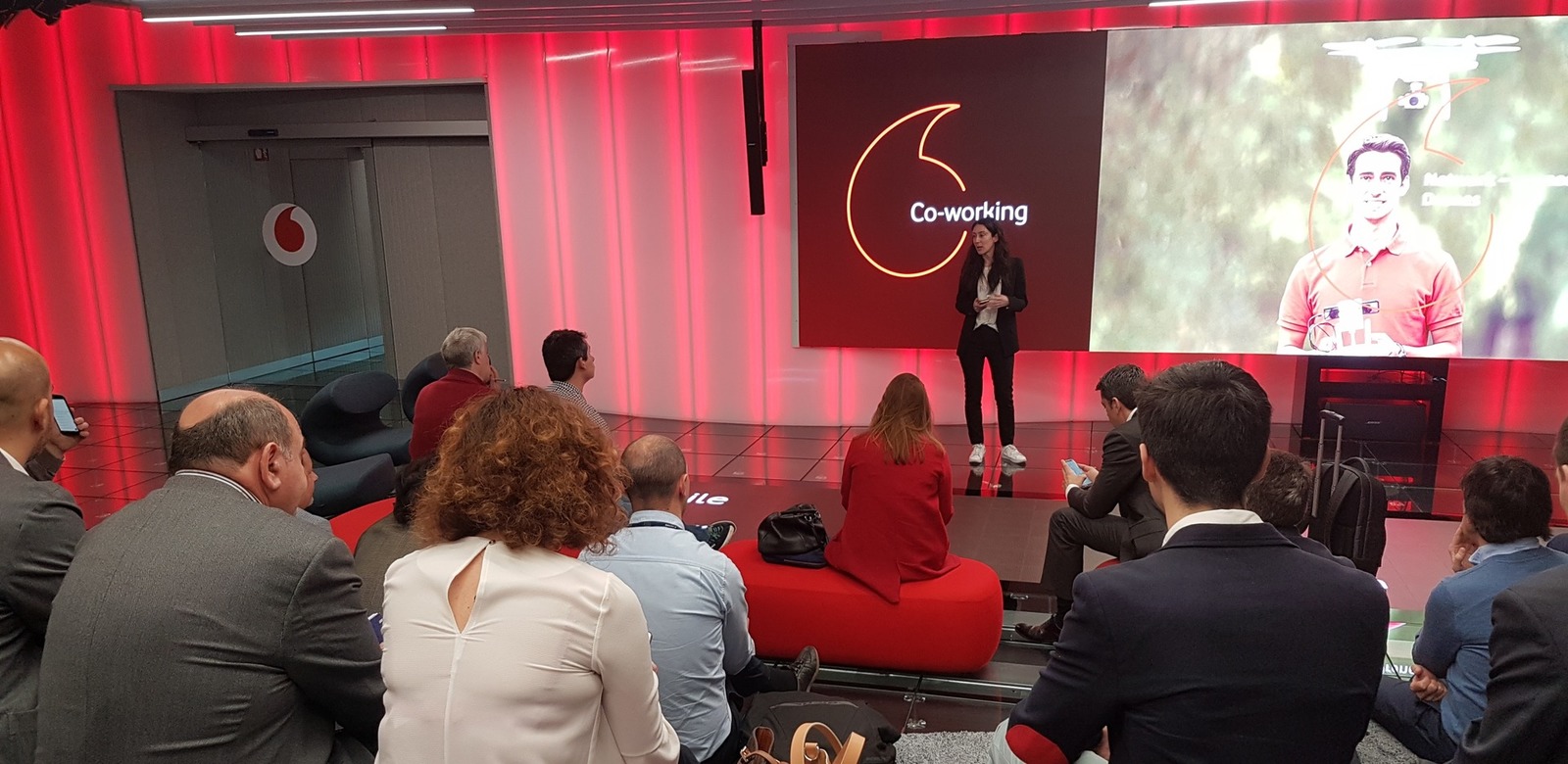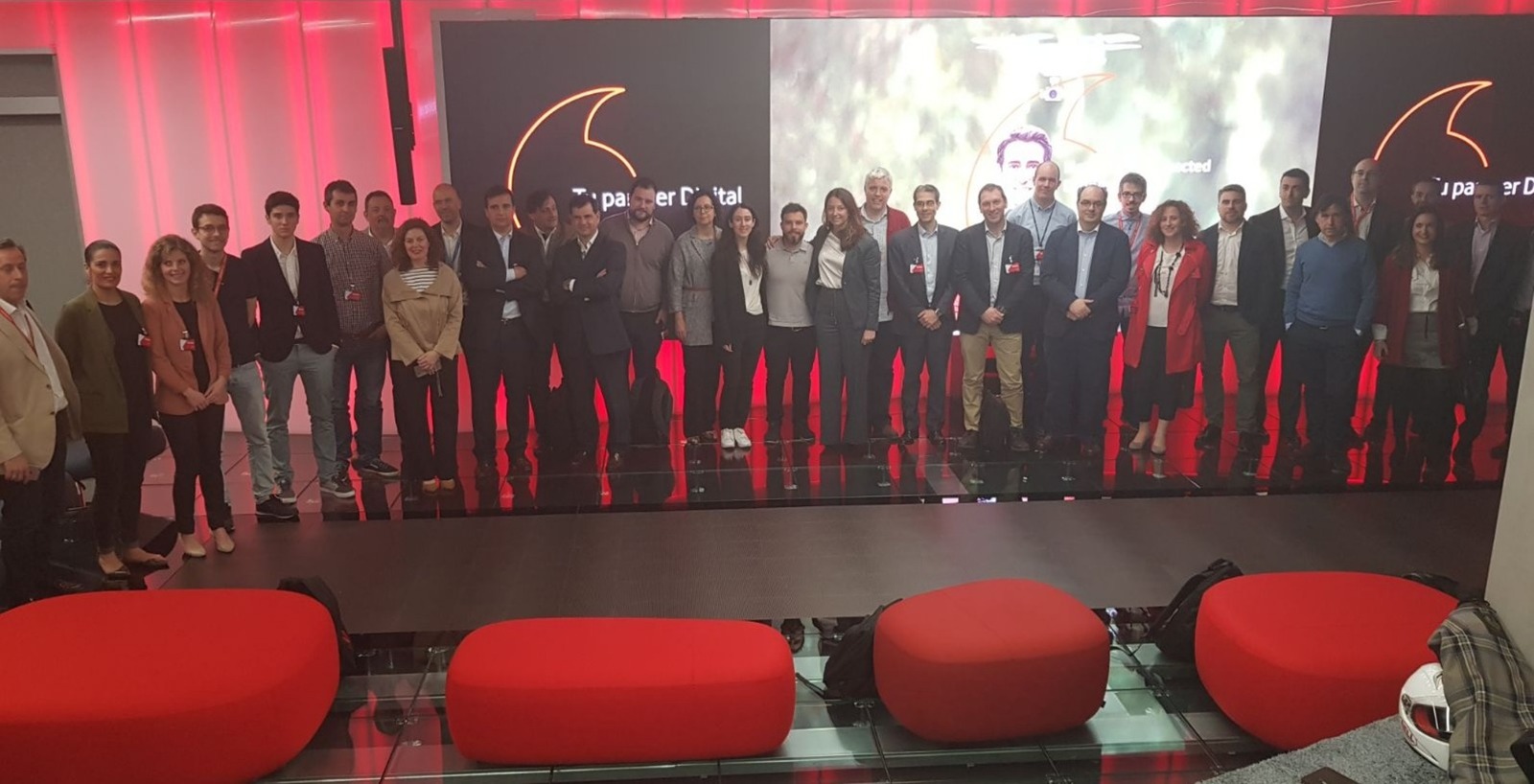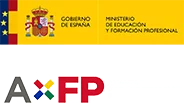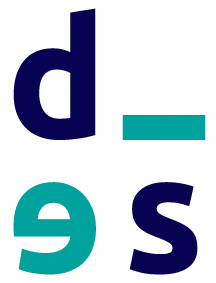26/04/2018
By 2050, drone flight hours will total up to 7 times more than those of commercial aircraft. Agriculture, security, transport of people and goods, photography, leisure, construction or mapping are activities that will not be conceived without the contribution of drones, which will multiply exponentially their importance. Mobile telephone networks will be the best way to guarantee the connectivity necessary for its development.
This was explained today by Clara Serrano, Expert in New Technologies and Innovation of Vodafone Group, in another day of #ForoIN on disruptive technologies organized by Asociación Digitales, where there was also a demo on connected drones.
Finally, Daniel ManzanoThe head of the Drones-Innovation Business Community at Vodafone Spain, reiterated the advantages that the use of a SIM can bring in the control and management of drones and reviewed the success stories where this technology is already making headway today, from agriculture to the transportation of people, through the organization of shows such as the opening of the PyeongChang Olympic Games.
One of the most striking aspects is the delivery of goods. Can drones really deliver packages? This report, recently broadcast by the BBC, clears up all kinds of doubts.
The discussion included an analysis of the advantages of mobile telephony to connect drones, which, according to the expert, is based on 5 points: the existence of a network already available; the use of licensed spectrum (more secure and reliable); technology standardized by 3GPP; secure identification with SIM and IMEI; and the possibility to geolocate and if necessary force control of the drones.
In this respect, he explained that, in collaboration with EASA, Vodafone is working on ensure better connectivity by modeling the coverage of heights. “Now the antennas are focused downward, focused on providing good service on the ground, but at high altitudes the coverage propagates much better because there are no obstacles,” he said.
“We have tested at 120 meters above sea level, which is what the regulation allows, and there is excellent coverage, which allowed us to share video at high speed in a rural area,” he added.
“Also,” Serrano said, “we are working to understand how to manage interference that may arise from high drone traffic, model the service and improve control methods. In this line, he explained that the geolocation of a drone through a SIM has an accuracy very close to GPS, with a margin of error of 50 meters.
In addition to all these advantages, there is a fundamental one: the economic cost. In the opinion of the experts gathered today at the #ForoIN, “there are alternatives to drone connectivity through a SIM, but economically viable very few”.


